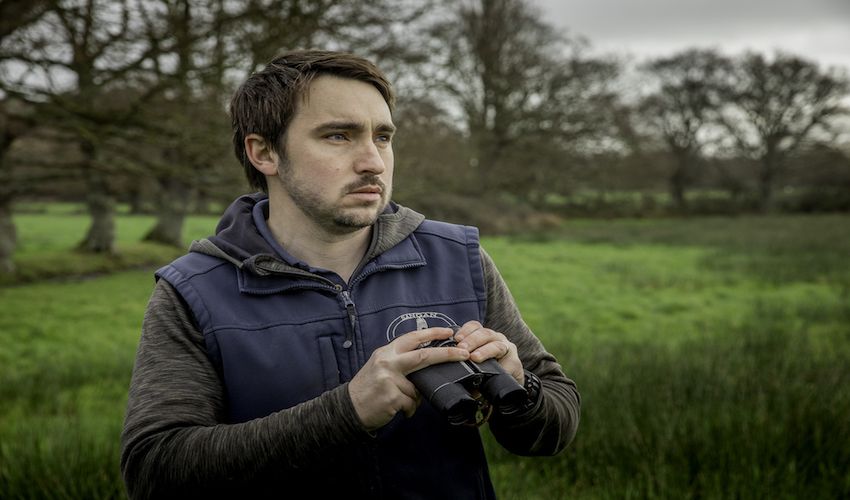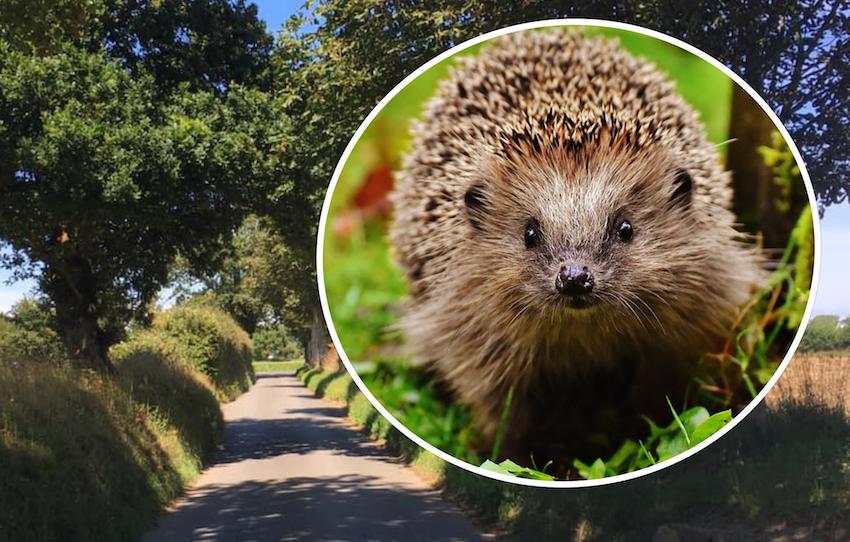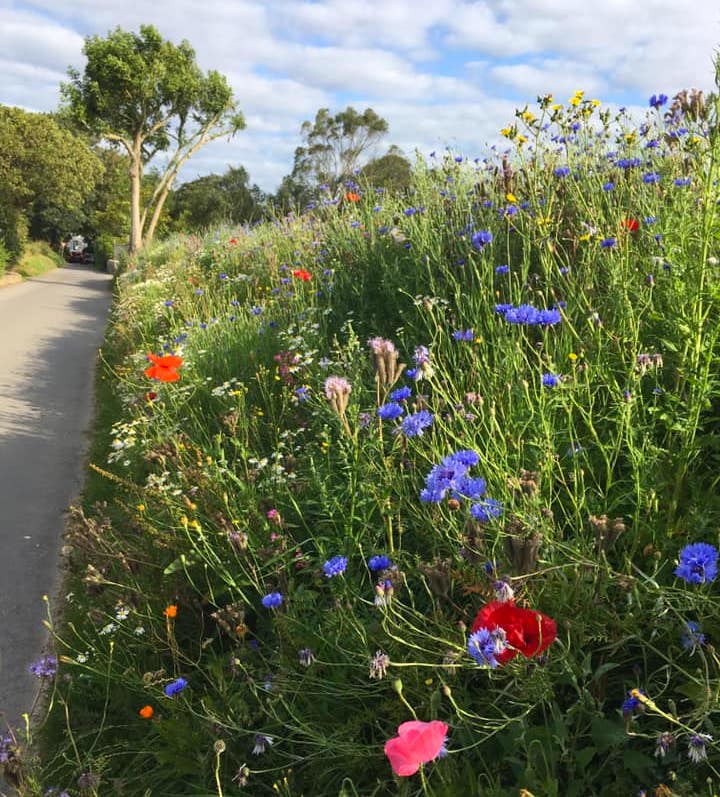


It has come to that point of the year again when the strimmers and hedge cutters go into overdrive to start cutting back the explosion on vegetative life from our roads and pathways.
It does not take long for the damage to start showing itself; a quick visit to the Jersey Hedgehog Group Facebook page will quickly display the casualty rate of this annual cutting. And this damage is only what is found and reported. The damage done to other wildlife, such as birds and insects, goes unrecorded.
Although many people nowadays consider hedges a natural part of the countryside, the reality is that hedges are artificial and a by-product of land clearance and cultivation. Evidence of field boundaries using live hedging goes as far back as the Romans and Anglo-Saxons, with hedgerows being actively promoted as part of good land husbandry from the 1500s’.

Pictured: animals such as hedgehogs are often the casualties of Branchage.
As land was cleared and hedgerows planted, another type of habitat was decreasing. Open scrubland, which were grass plains dotted with thickets of vegetation and trees are virtually extinct in Jersey today. They were the home of the nightingale, cuckoo, shrike and many more native flora and fauna. With scrubland being cleared for cultivation, many of our native flora and fauna found refuge in hedgerows.
The new manmade landscape features of hedgerows closely emulated the vegetation found in a natural scrubland habitat. As such, these manmade habitats have now become the last refuge of many native species, which have now been co-existing with us for thousands of years.
Nowadays, with modern machinery and the residual Victorian era attitude of a neat and tidy countryside, the damage that is caused during the annual branchage cuts intensifies year on year. Yet a glimmer of hope has now appeared in 2019 when a group of local wildlife organisations and enthusiasts came together to form the Branchage Action Group.

Pictured: some of the flora and fauna, beside the island's lanes.
Their goal was to set about changing the perception of branchage, and raise awareness of the damage currently being done to the island’s wildlife. Their first action taken was to create new simple and clear guidance which can allow the vegetation to be trimmed but also to protect the wildlife. This new cutting regime was quickly picked up by our island’s farming community who maintain many of our island’s hedgerows and banques. During 2019, there was a noticeable difference from previous years to the flora and fauna conserved in the hedgerows.
Despite the new guidance, many private areas are still heavily cut, removing all vegetation back to bare soil. This action of heavily cutting hedges during the breeding bird season can have devastating consequences for wildlife. Because of this damage, many people believe that the branchage law should be changed, or the inspections moved, to reduce the impact during critical periods for our wildlife. This then raises the question: as landowners can be fined for not cutting the vegetation, can it not also work the other way fining those who are overzealous with their cuts?
Piers Sangan, ecologist.
Read more from Piers: